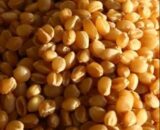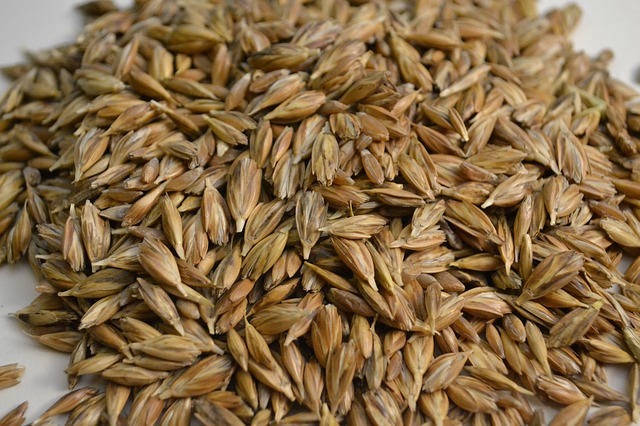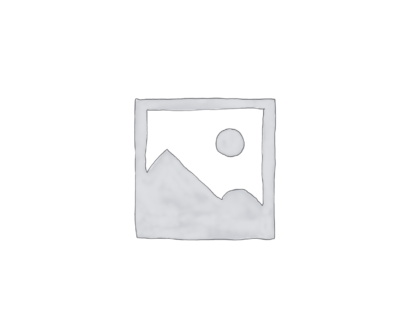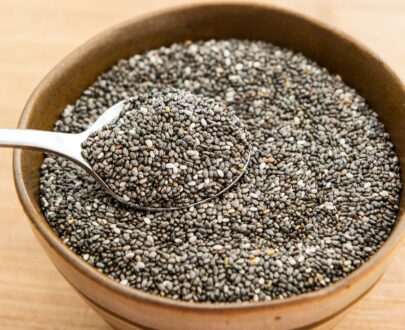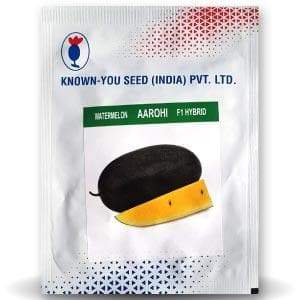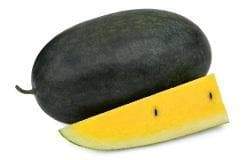Khapli Wheat Seed
Khapli wheat also known as emmer is ancient wheat grain. “Khapli” wheat means “crusty” wheat. The scientific name is Triticum dicoccum.This specific variety of wheat is generally grown in Maharashtra. It can withstand very harsh environments like drought, extreme heat. As the name suggests, the outer layer of this light brown wheat is very hard which enables the grain to survive in the harsh weather.
How khapli wheat is different from normal wheat?
It wheat grains are generally longer than normal wheat.
There is not much difference when we compare the nutritional profile of normal wheat with Khapli wheat. The fibre, fat, and protein content of wheat is a little higher than normal wheat. On the other hand, calcium, phosphorous, and iron content is comparatively better in normal wheat flour.
Just like any wheat grain, wheat naturally contains gluten. However, the gluten content is believed to be lesser than the normal wheat. Therefore, this wheat is now marketed as “gluten-free” wheat or as “safe” for gluten-sensitive people.
Khapli Wheat Nutritional Facts – Constitution:
- The Carbohydrate profile is 61 to 68 % of Starch and only 2-3% sugar.
- Has higher protein content than other wheat varieties, 30-39% of protein being albumin and globulin.
- About 3% or less part of the grain kernel is fat.
- High levels of Vit E found in wheat-germ of Khapli is helpful in anti-oxidants synthesis.
- Niacin and Thiamine, Vit B6 is present in healthy quantities.
- Also rich in Selenium, manganese, zinc and Iron.
- 47 grams of Khapli contains 170 Calories, 1 gram of fat, 4 grams of fibre, 34 grams of carbohydrates and 6 grams of protein.
Properties:
- The grain of Khapli wheat is hard and vitreous (like glass in appearance).
- The flour is not whitish but dark-brownish in colour.
- Khapli has a subtle nutty flavour and chewy texture.
- It is soft, tasty and has a high satiety value. Also, it doesn’t feel very heavy instantly after being eaten, unlike other grains.
- Khapli has a higher temperature tolerance when compared to other varieties of cultivated wheat.
- Khapli is a draught and stress-resistant crop. It has the ability to give good yields in poor soils. Plus it is fungus and disease resistant too. These qualities make it easy to cultivate crops with less care and attention. Thus it was one of the earliest domesticated grains.
- It is ‘Hulled’ wheat which means its grains are enclosed by hard strong husks and a semi-brittle rachis.
- Due to very low gluten content, the dough doesn’t rise very high while trying to make bread but still makes decent bread. It can be added to soups, stews, salads and granolas/ muesli.
- When it is soaked overnight and sprouted, it becomes even more tolerable for gluten-intolerant people.
- Gluten particles are minute and weak in Khapli flour and so it is suitable for gluten-intolerant (non-celiac gluten sensitivity and wheat allergy) people. However, individuals with celiac disease should avoid using it.
- Long Grain of Diccocum wheat (Khapli) is easy to cook, takes less cooking time and has more cooking heat tolerance.
What are the health benefits of consuming Khapli Wheat Atta?
1. There is scientific evidence that khapli wheat is great for diabetics as it has the ability to lower blood sugar levels.
2. Emmer wheat has complex carbs that can boost your immunity. It is thus, a great grain for children, adults and senior citizens.
3. Gluten molecule is weak in khapli wheat and is thus suitable for people with gluten intolerance.
4. Khapli wheat has the ability to lower bad cholesterol and is this good for heart patients.
5. Khapli wheat has twice the fibre and twice the protein of khapli wheat. It will fill you faster and will reduce hunger pangs, thus aiding weight loss.
6. Emmer wheat is rich in niacin of Vitamin B3, which is great for your heart and cholesterol levels. Emmer is also a rich source of magnesium and iron.
7. Pregnant women and women post-pregnancy can also benefit by including emmer wheat in their diet, because of its rich nutrient profile. (Source: NDTV)




